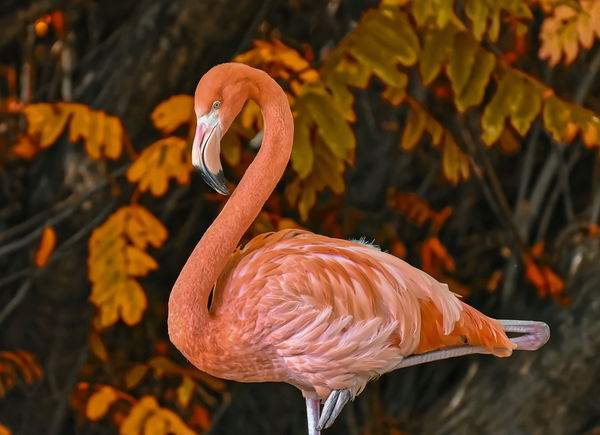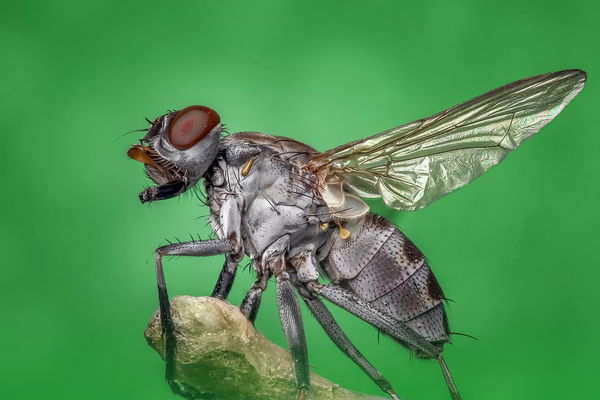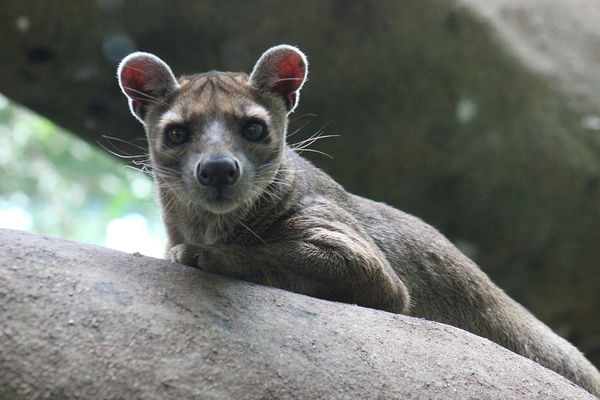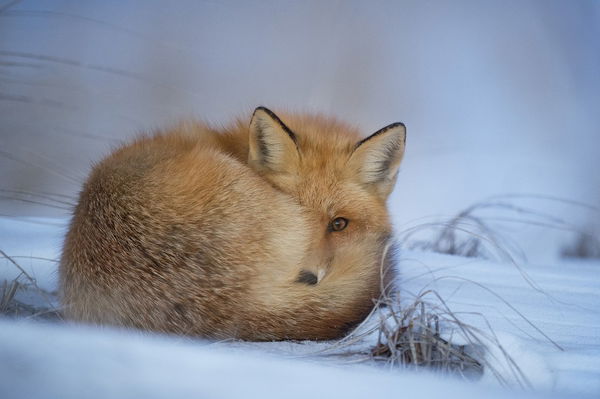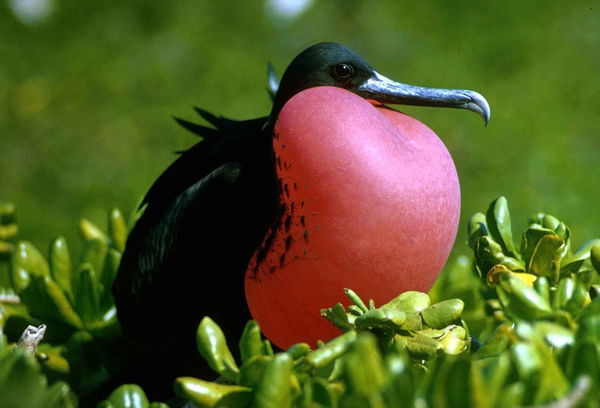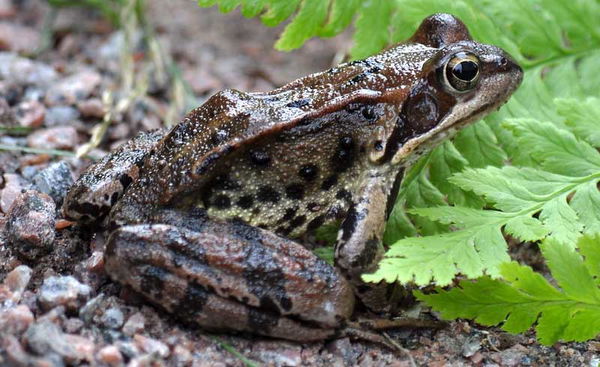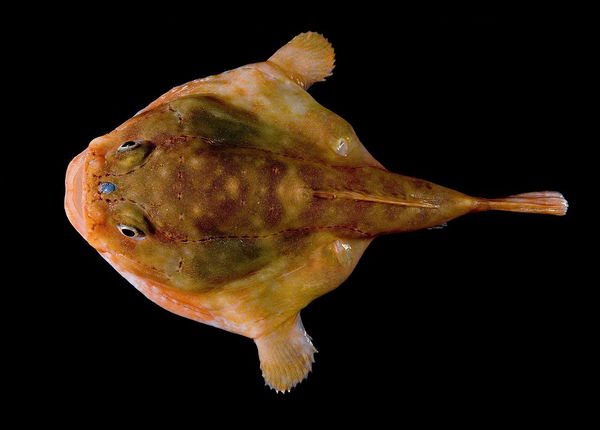The flamingo is a tall, colorful bird that is easily recognized by its long legs and distinctive pink feathers. Flamingos are found in parts of Africa, Asia, the Americas, and Europe, and are known for their social behavior and impressive flocking patterns.
Flamingos are filter feeders, using their curved bills to scoop up algae and small crustaceans from shallow water. Their pink coloration comes from the pigments found in their diet of crustaceans and other small organisms.
These birds are famous for their striking courtship displays, in which they form large groups and perform synchronized dances and calls. Flamingos also make excellent parents, with both males and females taking turns incubating eggs and caring for chicks.
Despite their popularity, flamingos face threats from habitat destruction, pollution, and hunting. However, conservation efforts have helped to protect many populations, and some species of flamingo are now thriving in the wild.
